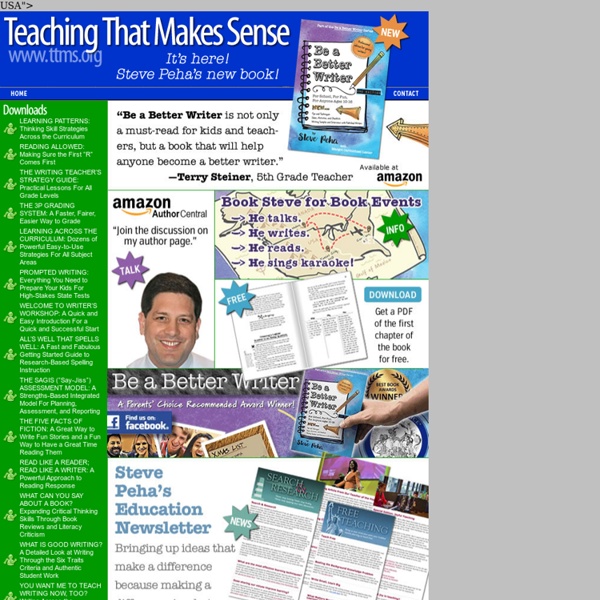



What Is Effective Writing Communication To communicate effectively you need to get your point across and relay information clearly. The reader will understand exactly what you mean. Following are some tips for effective writing and some common errors. How to Make Your Writing Communicate Effective writing allows the reader to thoroughly understand everything you are saying. Know your goal and state it clearly. Common Grammatical Mistakes Effective writing does not contain errors. Affect and effect - “Affect” means “to influence” and it is a verb, like “It affected his work.” Hopefully these tips and information about proper grammar will help you make your writing more effective.
Short Story Shortcuts: 4 Techniques For Making A Big Impact In Few Words To successfully write short fiction, you need to make a big impact in as few words as possible. So every choice you make as an author needs to be deliberate, every character needs to act with purpose, and every word needs to pack a punch. When less is definitely more, focusing on certain details can help imbue your short story with lots of color, meaning, and subtext—without superfluous words. Four Small Ways To Pack Big Meaning Into Short Stories 1. 2. 3. 4. How Can You Implement These Techniques In Your Writing? To understand how well these techniques work, read some short fiction! As an exercise, give yourself a short word limit and try to tell your story. Check out these articles for more about keeping short stories short: 5 Ways To Shorten Your Short Stories 5 Surprising Short Story Mistakes QUESTION: What tricks do you use to make an impact in few words?
Lungsal International :: Eco-Friendly Pens :: Bamboo Stylus Product ID: ST-78B • Eco-Friendly Bamboo pen and pencil with chrome or gold accents • Features a stylus for use on all touchscreens • See detailed image for the pencil's lead refill instructions • The pencil version uses 0.9MM lead Price includes one color/position imprinting and laser engraving Weight: 29 lbs / 500 pcs (ST-78B); 32 lbs / 500 pcs (ST-77B); 34 lbs / 500 pcs (ST-76B); 35 lbs / 500 pcs (ST-77P/ST-78P); 37 lbs / 500 • New Logo Setup Charge: $40.00 (v) • Repeat Setup Charge: $25.00 (v) • Additional Silkscreen Position and/or Color Running Charge: $0.20 (v) • Additional Laser Engraving Position Running Charge: $0.30 (v) • $0.20(v) to upgrade from ballpoint to Gel Ink, available in Black or Blue ink. Silkcreen Imprinting Pad Imprinting Laser Engraving Silkscreen: 1” H x 1-1/8” W (Cap); 1-1/8” H x 1-3/8” W (Barrel) Pad Imprint: 5/16” H x 1-1/8” W (Cap); 5/16” H x 1-3/8” W (Barrel) Engraving: 5/16” H x 1-1/8” W (Cap); 5/16” H x 1-3/8” W (Barrel)